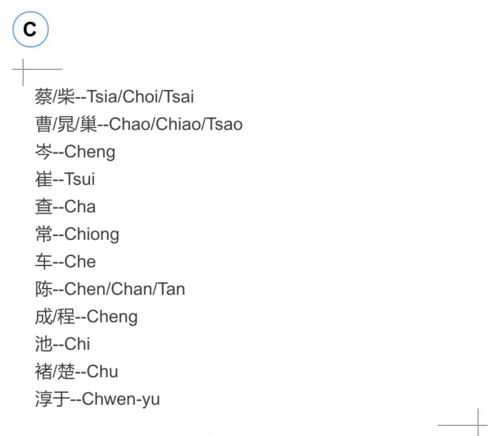Claiming the Throne: Translating "夺得皇位" into English
In translating "夺得皇位" into English, we encounter the challenge of preserving the depth and nuances of the original phrase. The term carries historical and cultural weight, denoting the act of seizing or claiming a throne, often through force or strategic maneuvering. To accurately convey this concept, several English equivalents can be considered, each with its own implications and connotations. Let's explore some options:
1. Usurping the Throne
Definition:
Usurping involves seizing power or position unlawfully or by force, typically from a rightful ruler or heir.
Implication:
This translation captures the sense of illegitimacy and aggression associated with forcibly taking control of a monarchy.
2. Ascending to the Throne
Definition:
Ascending denotes rising to a position of power or authority, often through succession or appointment.
Implication:
While less suggestive of coercion, this translation highlights the act of assuming the throne, whether through inheritance or strategic maneuvering.
3. Seizing the Throne
Definition:
Seizing implies taking hold of something forcefully or suddenly, often with the intention of gaining control.

Implication:
This translation emphasizes the decisive and aggressive nature of claiming rulership, potentially through military conquest or political machination.
4. Claiming the Throne
Definition:
Claiming involves asserting a right or title to something, particularly in the context of inheritance or succession.
Implication:
This translation underscores the assertion of authority or entitlement to the throne, whether through legal right or contested succession.
5. Taking the Throne
Definition:
Taking signifies assuming possession or control of something, often through deliberate action or initiative.
Implication:
This translation suggests a proactive approach to acquiring the throne, whether through diplomatic maneuvering or decisive action.
6. Seating on the Throne
Definition:
Seating refers to occupying a position of power or authority, particularly symbolized by sitting on a throne.
Implication:
This translation focuses on the physical act of assuming the throne, highlighting the visual imagery of rulership and sovereignty.
Guiding Translation Choice:
Context:
Consider the historical or narrative context in which the phrase is used. Is it describing a specific event, character, or theme?
Tone:
Determine the desired tone of the translation. Does it need to convey urgency, ambition, deceit, or legitimacy?
Audience:
Keep the target audience in mind. Will they be familiar with historical or cultural references, or is a more straightforward translation preferred?
Final Thoughts:
Selecting the most appropriate translation depends on the specific context and intended interpretation. Each option captures different facets of the original phrase, allowing for flexibility in conveying the complexity of claiming the throne in English.
Remember, translation is both an art and a science, requiring careful consideration of linguistic, cultural, and contextual factors to convey meaning accurately and effectively.
文章已关闭评论!
